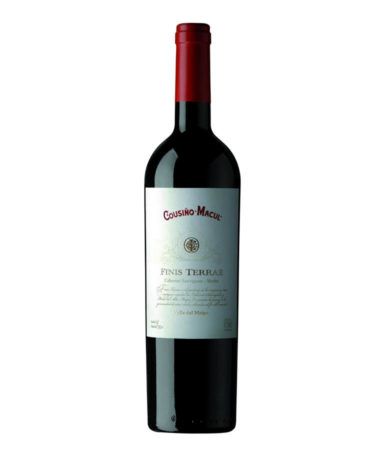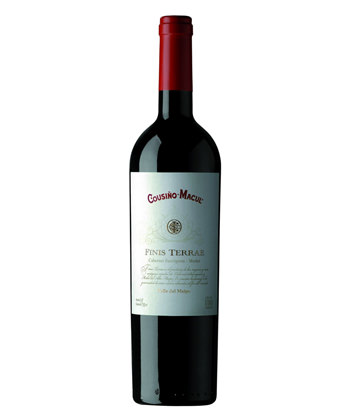In typical stuck-up sommelier fashion, I’m always skeptical of big-name wineries. If a winery has gained acclaim among the masses, does it really produce high-quality wine, or has it drifted across the line into large-scale production devoid of character? Knowing the prevalence across the U.S. of Cousiño-Macul, one of the first Chilean producers embraced by American consumers, I tempered my expectations as we pulled up to the gates of the Maipo Valley winery. The historic estate is literally located within the city of Santiago, which has expanded around the property over its 160-year history. How good can city wine really be?
It turns out that city wine can be excellent. And when I stuck my nose in the second-to-last glass of the tasting, I was taken aback. Oh my, I thought, this is a well-crafted wine. Heady and enveloping, the Cousiño-Macul “Finis Terrae” 2012 is on par with some of the world’s top Bordeaux blends at a fraction of the price.
Chilean wine is not unfamiliar to American wine lovers these days, regularly found in wine shops, grocery stores, and on wine lists. But while grapes have been grown in Chile since the 1500s, it was difficult to find Chilean wine outside the country until around 30 years ago. There’s still a lot to explore. Cabernet Sauvignon and Carménère have certainly gained recognition for red wines, as have Sauvignon Blanc and Chardonnay on the white wine side, but producers are experimenting with new grape varieties and techniques with each passing vintage. The Maipo Valley is easily the country’s most well-known area, famous for Cabernet Sauvignon-based blends.
Rich and warm on the nose, it’s evident that there is some high-quality new oak on the Cousiño-Macul “Finis Terrae,” a blend of Cabernet Sauvignon and Merlot. Charred, toasty notes complement dark black cherry, with hints of fresh mint for lift. Tart fruit leads on the palate, with spicy, green accents and a long, rich caramel and vanilla finish. It’s comforting, cradling the palate with warmth but brightening with acidity. This wine simply tastes expensive, and not in the “throw-a-ton-of-new-oak-on-ripe-fruit” way. The nuance here is reminiscent of excellent Brunello di Montalcino, Rioja, or Bordeaux. In this case, Cousiño-Macul is a big-name winery for a very good reason.

